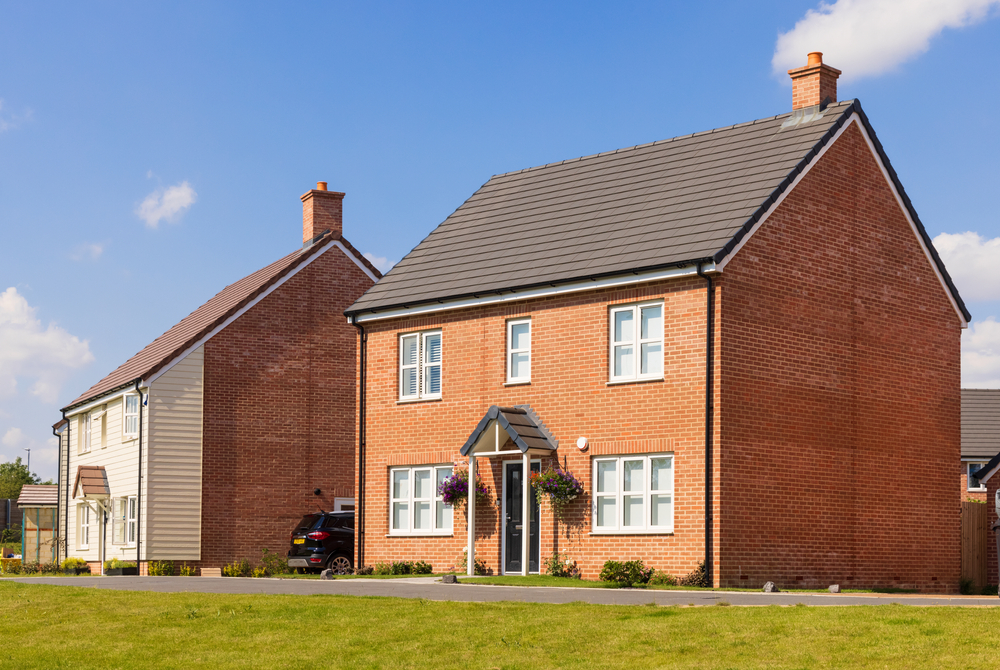5 key changes expected with the introduction of the Future Homes Standard
With the expected publication of the Future Homes Standard in Autumn 2025, Elmhurst take a look at what key changes we can expect.

What is the Future Homes Standard?
The Future Homes Standard (FHS) is the name for the next revision to Part L of the Building Regulations in England. This will be a significant change to how new homes are constructed and the main aim is to ensure new homes will have low to zero operational carbon emissions.
The Future Homes Standard was first consulted on in 2019, with Part L 2021 being introduced as an interim step towards it. In 2023 a further consultation was launched giving more specific details on the changes expected. The Government has stated they will publish the consultation responses and new Approved Document in Autumn this year. Find out more here >
In a recent update, the Government announced that both SAP 10.3 and the Home Energy Model will be used to calculate compliance to the Future Home Standard. You can find out more on this in our recent news article here >
Why is the update important?
This update is important to both OCDEAs and builders as the changes from the Future Homes Standard will directly impact the work energy assessors complete and the construction specification of new homes.
As well as that, occupants of a home built to the Future Homes Standard will benefit from low/zero carbon heating systems so will not need to replace their heating system in future. Elmhurst’s data show that over 50% of new homes are still being build with gas boilers that will need to be replaced in future as part of the wider move to net zero, so it is vital that the Future Homes Standard is introduced as quickly as possible.
Five key changes the Future Homes Standard will introduce
- Gas boilers will no longer be able to provide heating in new homes. The Future Homes Standard will require low/zero carbon heating systems to be used, expected to be heat pumps in the majority of cases.
- Use of both SAP 10.3 and the Home Energy Model to assess compliance of new homes. In recent news the government announced that the Future Homes Standard will use both SAP 10.3 and the Home Energy Model, with the Future Homes Standard wrapper, to calculate the metrics used to determine compliance. You can find out more on this in our recent news article here >
- New standards for Material Change of Use. The compliance standards for material change of use are currently based on achieving minimum standards for thermal elements and services. However, the Future Homes Standard is expected to set primary energy, carbon emission and fabric energy efficiency compliance standards for material change of use work in a similar manner to a newly constructed home.
- Sunsetting of older transitional arrangements. In order to build as many new homes to the Future Homes Standard it is expected transitional arrangements for sites under Part L 2006, 2010 and 2013 will be closed. Therefore, for plots that have not started construction by the end of the transitional period they will need to be constructed to the Future Homes Standard.
- The use of regional weather data. In previous versions of Part L, the compliance metrics are calculated based on UK average weather data, allowing the same house design to give the same compliance metrics regardless of where it is constructed. For the Future Homes Standard, homes will be assessed against regional weather data, resulting in the metrics use for compliance differing with the location the home is constructed in.
Elmhurst Thoughts
Jason Hewins, New Build Dwellings Manager, shares Elmhurst’s thoughts:
“Elmhurst is eagerly anticipating the release of the Future Homes Standard, recently confirmed for Autumn this year. Whilst we understand many of the changes described above, there are still a number of areas that are to be confirmed and it is vital that these are clarified as soon as possible.
As soon as we here of any official news on the Future Homes Standard we will update all members accordingly.”
